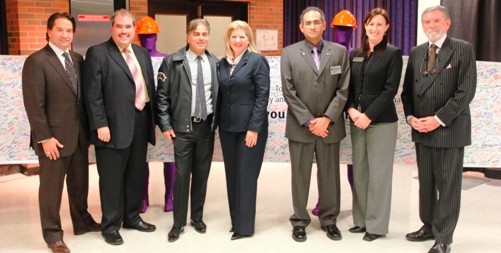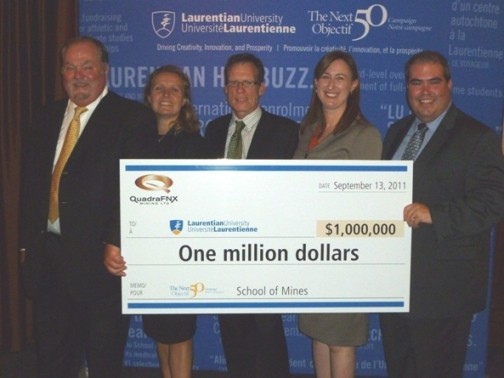The Globe and Mail is Canada’s national newspaper with the second largest broadsheet circulation in the country. It has enormous influence on Canada’s political and business elite.
The Schulich School of Business at York University is capitalizing on the looming leader shortage in the mining sector by offering a first-of-its-kind MBA specialization in global mining management starting next fall.
The two-year program, expected to be announced Monday, aims to appeal to future executives, investment bankers, analysts and other professionals eyeing a top-level career in the risk-driven resources sector.
“It’s great succession planning for the industry,” said Richard Ross, an executive in residence at Schulich and former chief executive at Inmet Mining Corp. The Toronto-based MBA program is expected to crank out future mining executives at a time when many of the current, often colourful, company founders are poised for retirement.


























